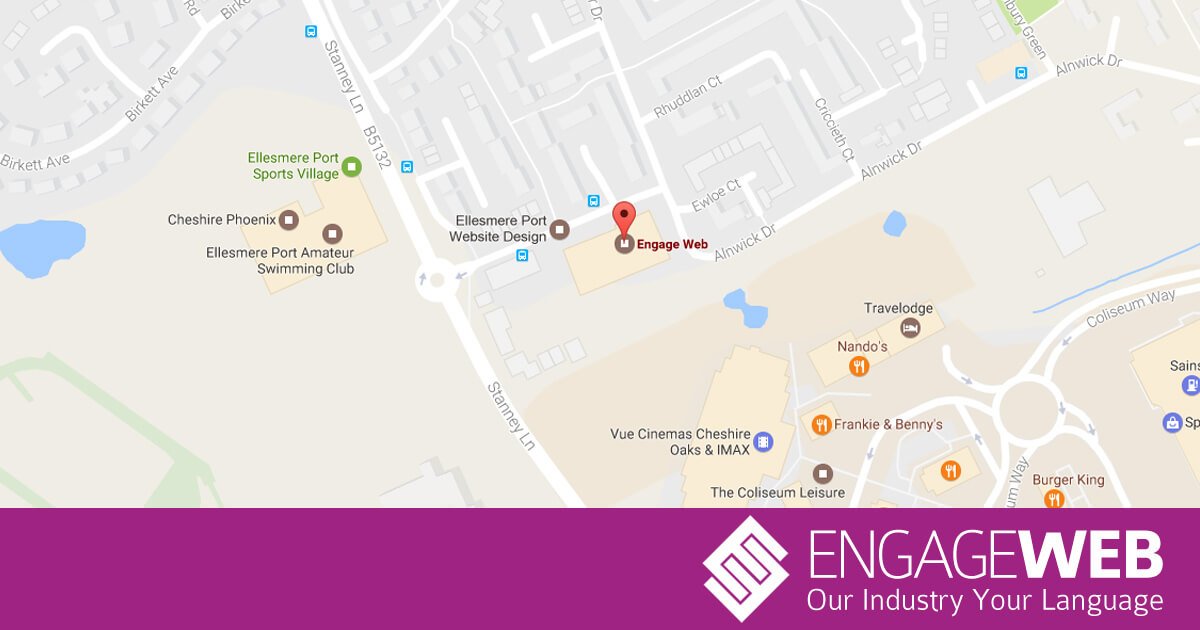A blog post from Google has drawn attention to how the company is using artificial intelligence (AI) to enhance Google Maps.
These changes are all designed to help users find their way around, make smart navigational choices and locate services, but there will no doubt be ways businesses can latch onto them and ensure their Maps presence is in sync with the way Google is developing the tool.
In particular, the post highlights four updates Google hopes to introduce this year:
1. Augmented reality for indoor navigation
A new Live View option will allow people to find their way around the likes of train stations, airports and other indoor sites of interest using augmented reality.
To clarify, augmented reality differs from virtual reality in that it takes real world surroundings and imposes digital elements upon them. The game Pokémon Go!, for instance, is an example of augmented reality, as players can see digitally created game elements appearing in the real-life roads and fields they walk down.
In the case of Live View, users will be able to view their real environment through their phone, but with digital signs and information appearing to help them navigate the place, such as finding exits and moving between floors. Many businesses already allow Google Maps users to “visit” their premises using Street View, so they will surely be keen to learn what they can do to tie in with this cutting-edge feature.
2. Grocery collection made simpler
Another change will interest those businesses that have adjusted their model since the pandemic and the lockdowns that have followed it. Google is trialling a scheme in Portland, Oregon to make it easier to place and monitor orders for collection from stores, all through Google Maps.
The US has embraced this style of shopping since Covid-19 and dubbed it “curbside pickup”, as it is often operated in a stall outside of the store itself. Over here, we’re more likely to refer to it as “in-store collection” or “click and collect”, but the premise of facilitating the process and keeping customers informed of estimated timescales remains just as relevant, and is no doubt something that will prick the ears of UK businesses.
3. Environmentally friendly travel options
A third change forms part of Google’s effort to be kinder to the environment and become carbon-free by 2030. Assisted by the National Renewable Energy Lab of the U.S. Department of Energy, Google Maps users will be shown how to get from one place to another while minimising their carbon footprint.
Directions will prioritise the most environmentally friendly route ahead of any less “green” alternative that takes about the same time, helping drivers get more out of their fuel too. Google also plans to make more suggestions for cyclists and offer eco-friendly public transport advice.
4. Weather and air quality information
Finally, Google will be integrating weather forecasts and air quality indicators to Maps. Particularly useful to those with allergies, this will be launched in the US, India and Australia and will help travellers prepare for their journeys while taking the conditions into account.
The first two of these changes are definitely relevant to businesses and are ones they should look to take advantage of, and the key to showing up on Maps and making the most of it is to have a great Google My Business profile. If you’re looking to boost your online presence, get in touch with us at Engage Web.
- How to find a circular reference on Excel - May 23, 2024
- Five life skills learned from internet marketing - January 3, 2024
- How artificial intelligence can (and can’t) help you write content - September 29, 2023



